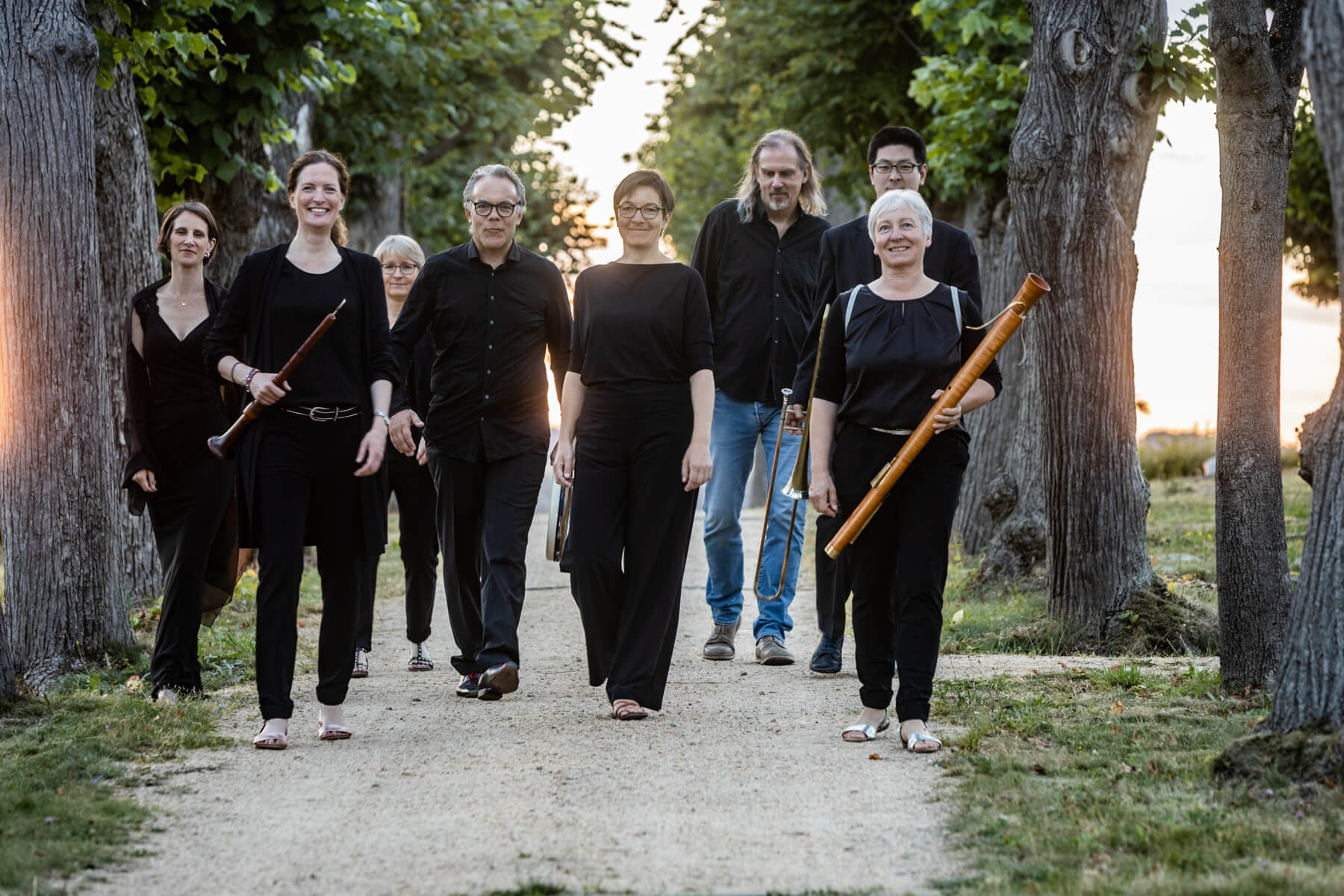Artists of the 25th edition
THE SHAWM, THE DULCIAN AND THE RENAISSANCE TROMBONE: CAPELLA DE LA TORRE PRESENTS ITS MUSICAL INSTRUMENTS
The first mention of the Renaissance trombone dates back to the 15th century – and it should be noted that the instrument has not changed much since then. By the 16th century, there was already a whole “family” of trombones: the existence of soprano, alto, tenor and bass trombones was referred to by Michael Praetorius in his famous treatise Syntagma Musicum of 1615.
The shawm is a double-reed instrument that originated in the Orient and gained great popularity in Europe during the Middle Ages and the Renaissance. Because it has no flaps, playing it requires musical imagination: the player must hear the pitch and colour of each note in advance in order to properly adjust the airflow and thus the intonation.
The name dulcian comes from the Latin dulcis, meaning sweet – probably because of its sweet timbre. Like the trombone, there are soprano, alto, tenor and bass instruments.
Please accept our invitation to a concert where you will dream in the company of the Capella de la Torre ensemble and soprano Hana Blažíková.
Tempus mirabilium
Dreams and Hope in the Works
of 17th Century German Composers
Wednesday 24. 7. 2024 | 19.30
Sts. Simon and Jude church, Dušní ul, Prague
While video lessons cannot replace in-person tutoring, they might encourage curiosity and a desire to learn to play a (Renaissance) musical instrument. Katharina Bäuml, the Artistic Director of Capella de la Torre, subscribes to this point of view. On the website Capella-on-air.de you can even download the sheet music for your first lesson on the shawm.





